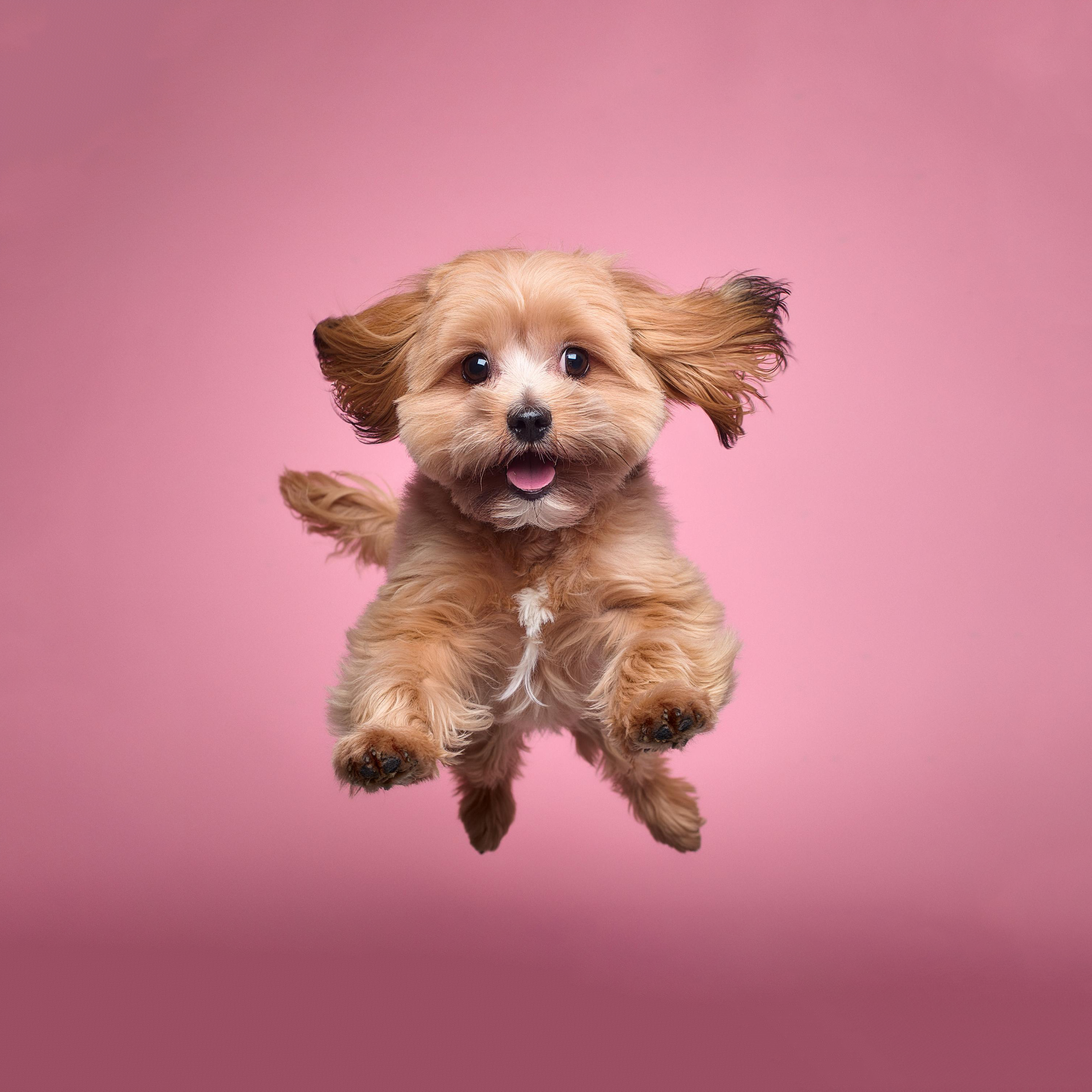Dental Problems
Being prone to dental problems can lead to gum disease and even tooth loss. Maintaining good oral hygiene, professional teeth cleaning by a veterinarian, and daily oral care with products designed for dogs are the best ways to prevent dental problems.
Knee Cap Dislocation
Dislocation of the kneecap is a hereditary problem. To avoid the discomfort caused by this problem, it is necessary to exercise regularly and maintain a healthy weight. A balanced intake of lean meats, eggs, high-quality protein, calcium, and phosphorus will help your important family members develop muscles properly.
Corrective surgery may be necessary to correct severe cases of knee cap dislocation. However, regular veterinary check-ups will detect early signs of kneecap dislocation and allow you to take appropriate measures at an early stage of the disease’s development.
Epilepsy
Epilepsy is a disease of the central nervous system, which causes disturbances in the activity of nerve cells in the brain. Epileptic episodes usually last for a few seconds or minutes. Epilepsy prevention measures include maintaining a consistent routine and minimizing stress. However, remember that timely veterinary attention and initiation of appropriate medical treatment are the best ways to manage this disease.
Trachea Collapse
Due to their small size and delicate structure of the trachea, Maltipoos may be prone to tracheal collapse. Tracheal collapse is a genetic disease that causes narrowing of the tracheal rings. The disease is accompanied by symptoms such as chronic cough, shortness of breath, and lack of oxygen caused by physical exertion or emotional excitement. Symptoms associated with the disease may be caused by inhaling chemicals, a tight collar, or trauma to the neck.
Working with your veterinarian, ensuring your companion animal has a healthy lifestyle, and maintaining a quiet living environment is a smart way to prevent disease.

